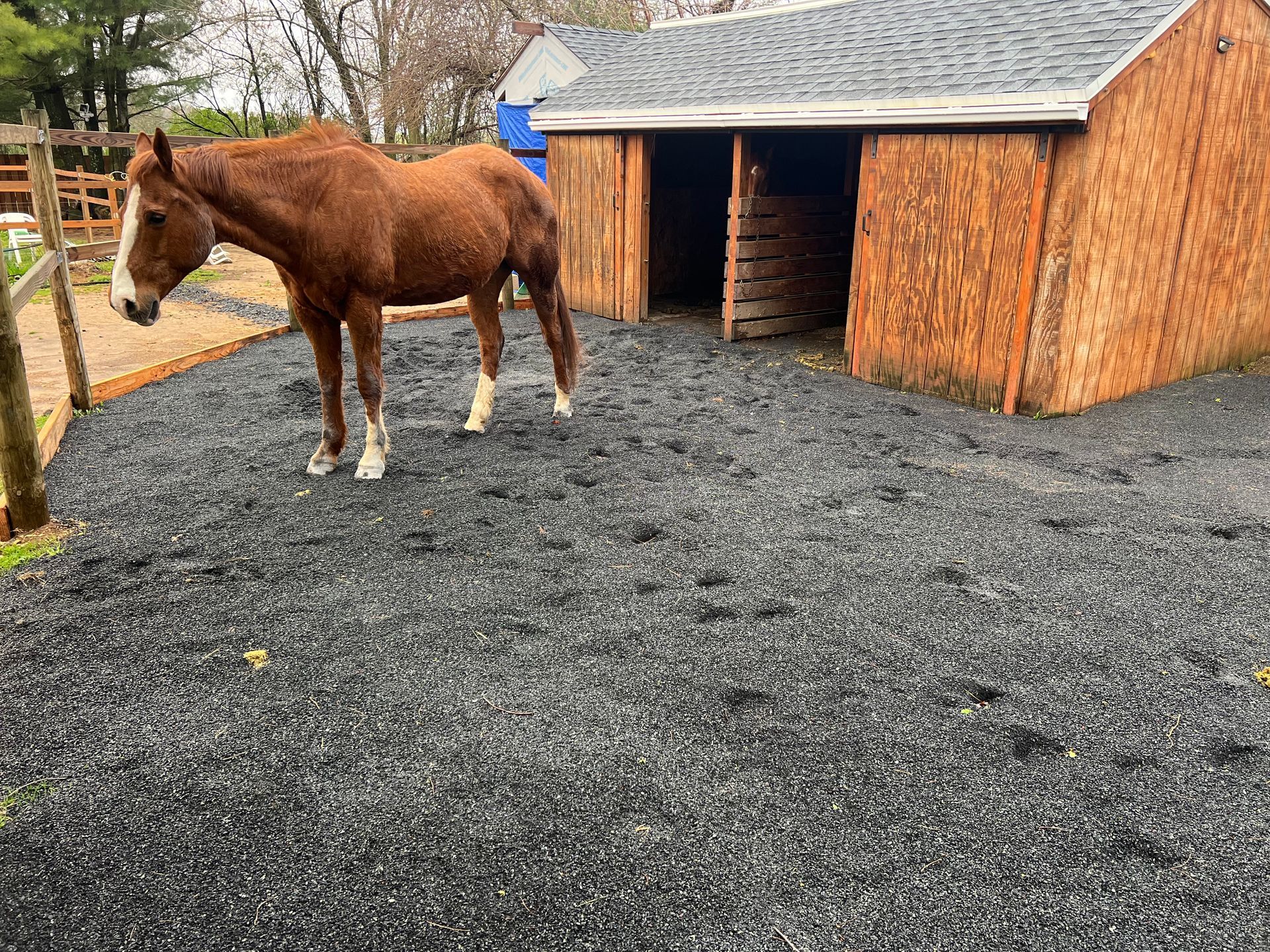Hoof Care Provider/ Farrier Services
Hoof Care Provider/ Farrier Services
That looks like an abscess
One Minute Discussions #10
Discussing Natural Hoof & Horse Care
THAT LOOKS LIKE AN ABSCESS
Everything was perfect at the barn! Your horses were sound, they were galloping with their friends and enjoying life. You come back the next day and you’re horrified: your horse is lame. He’s limping as though he broke something. What’s going on? What happened overnight?
Often times that’s a sign of a hoof abscess.
Let’s discuss why abscesses happen, what are the signs and ways to treat them!
Why do they happen?
A horse can get an abscess due to multiple reasons. One that I see VERY often is the sugar spikes in grass, especially in the spring. As the weather gets warmer, the sun shines brighter on the grass. This raises the sugar levels in the grass and horses end up lame. As you’ve probably read in my previous posts, sugars destroy the foot, and if there’s subclinical laminitis, or in other words internal inflammation and minor changes that are happening in the hoof, they may cause necrosis (dead tissue) which can result in an abscess.
Abscesses can be caused by overlayed bars that are creating a pressure point resulting in necrosis and nasty infections. Sometimes in wet conditions, gravel or rocks can get under the bar and create pressure points.
If a horse has a puncture wound, bacteria can travel up into the open area and there may be an infection.
In laminitis cases there is a big possibility of getting an abcess because of the inflammation happening in the foot. A lot of times the bone can create so much pressure that it can form a blood pocket inside the foot. That blood pocket can get infected.
If your horse is having abscesses often then I would strongly suggest getting radiographs. There may be severe internal problems that are causing the frequent abscessing and its best to address them as soon as possible.
As you see, many causes for an abscess. But how can you tell if it’s really an abscess?
First, check the pulse. Is the leg hot? Is there an aggressive pulse? If so, check the sole side of the hoof and try searching for a soft/ouchy spot. A lot of times you’ll find it and the horse will react if you push hard on that spot with your finger. Check to see if the bars are long. Check the other leg. If the other leg is hot and has a pulse then I doubt its an abscess, it may be a laminitis episode. How severe is the lameness? How fast did it become worse? Try to get a vet out. Get their opinion. Ask your farrier what to do. When you put the puzzle pieces together, you’ll discover the real cause of lameness in your horse.
Ok, so it looks like an abscess, now what? Do you carve it out? Soak the foot?
Lots to debate here! Every equine professional will tell you different things! One will tell you to soak, the other one will tell you to let it dry out. One says “carve it out” and the other says “leave it be”.
In order to understand how we should treat an abscess, we have to understand the physics and science behind the process.
When there’s a pocket of infection inside the foot, the body naturally reacts and causes swelling, pulse and inflammation trying to get that infected pocket out of the system… this is why your horse may be dead lame for days and weeks... that’s the body working. Abscesses form between the soft tissue/lamina and the keratin wall, or at times between the sole and the corium. The lamina are positioned vertically, thus it’s easier for the abscess to pop out in the heel bulbs or in the coronet band, rather than in the sole (see illustrations). So if you do happen to find a soft spot on the solar side I would think twice before carving it out with a knife. Why? It is almost impossible to avoid a reinfection if there’s a hole at the bottom of the sole. By carving the sole you will relieve the pain, but is it really worth a shot? It’s for you and the professional to decide.
Some people say to soak in Epsom salts. My colleagues and I prefer either CleanTrax, White Lightning or a 50/50 mixture of apple cider vinegar and water. It works! Try wrapping the foot in a clean baby diaper or pad, put some hoof boots on… a lot of times they help big time!
One of the most important things to mention is MOVEMENT!
DO NOT lock a horse with an abscess in a stall. Even if they’re lame, keep them out, they’ll move as much as they want/need. Always remember that movement helps abscesses work their way out.
Can’t forget to mention the use of Bute and other anti inflammatory drugs. Although a huge percentage of vets recommend giving Bute to abscess horses, studies have shown that anti inflammatories slow down the process. We need inflammation in order for the abscess to pop out. Drugs get rid of the inflammation. Of course if the horse isn’t moving at all and they’re in severe pain then I would suggest giving some medications, but other than that I would avoid them.
Always keep an open mind when it comes to hoof and horse care, especially when we’re dealing with abscesses.
Did your horse ever have an abscess? How did it go? Tell me about it in the comments
Denys A.
https://www.thelaminitissite.org/a.html
All Rights Reserved | NJHoofRehabandTrimming
